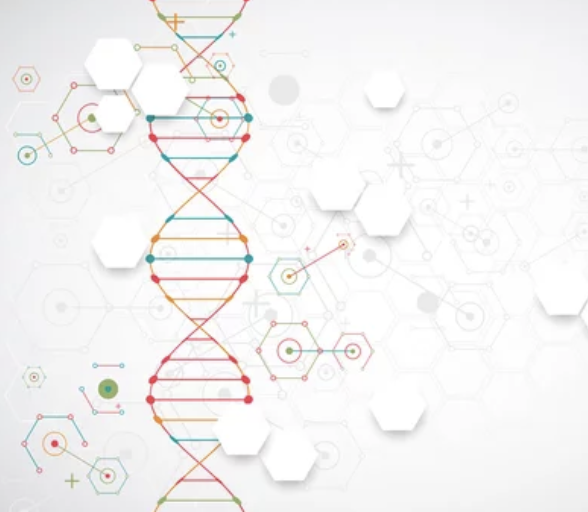Scoliosis, a condition characterized by an abnormal curvature of the spine, has intrigued medical professionals and researchers for decades. Scoliosis is thought to develop as a result of a mix of genetic and environmental factors, while its specific origins are yet unknown. In this blog post, we examine the complex interactions between genetics and environment in relation to scoliosis.
Genetic Predisposition: The Family Connection
Research has illuminated the significant role that genetics play in scoliosis. A family history of scoliosis is a strong indicator that genetic factors may be at play. It’s not uncommon to find scoliosis running in families, suggesting an inherited predisposition. Although the specific genetic markers responsible for scoliosis are still under investigation, advancements in genetic research have paved the way for a deeper understanding of the condition’s hereditary aspects.
The Genetics Behind Scoliosis: An Intriguing Puzzle
Scoliosis is thought to be caused by several genes, making it a challenging genetic riddle. In situations of idiopathic scoliosis (when its cause is unknown), specific genes have been linked to the condition in some studies. The growth of bones and the formation of the spinal structures are frequently influenced by these genes. However, the illness might not be entirely explained by genetics alone, in which case environmental variables may also be important.
Environmental Influences: The External Triggers
In addition to genetics, environmental variables are likely to play a role in scoliosis, particularly in those who are genetically susceptible. Environmental triggers may initiate or worsen the condition, even while heredity provides the blueprint for it. The development of scoliosis can be influenced by elements such uneven muscle development, posture habits, and certain physical activity.
The Growth Spurt Link: Puberty and Progression
The spine develops quickly throughout the growth spurt years, usually around puberty. Particularly in cases with adolescent idiopathic scoliosis, this stage is critical to the development of the condition. The curvature could become more prominent as a result of the rapid growth and innate spinal abnormalities. Therefore, to treat and possibly slow the course of scoliosis during growth spurts, prompt management and surveillance are crucial.
An Ecosystem of Factors: A Holistic Approach
Adopting a holistic strategy that takes into account both genetic predisposition and environmental factors is necessary to comprehend scoliosis. While genetics may set the stage, the environment can either exacerbate or facilitate the development of the illness. In order to create more individualized and efficient treatment plans, scientists and medical professionals are collaborating to understand the intricate interplay of genes, lifestyle, and environmental factors.
In conclusion, genetic predisposition and environmental stimuli interact dynamically to shape the status of scoliosis. Although the environment has the ability to influence the outcome, the genetic blueprint gives the possibility. Medical research is getting closer to a deeper knowledge of scoliosis by thoroughly examining both elements, which will ultimately result in improved diagnosis, individualized therapies, and better outcomes for people who have this problem.

